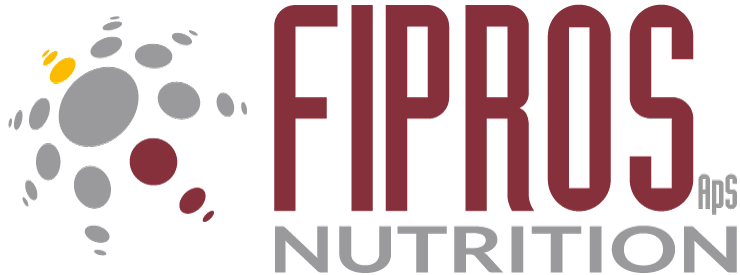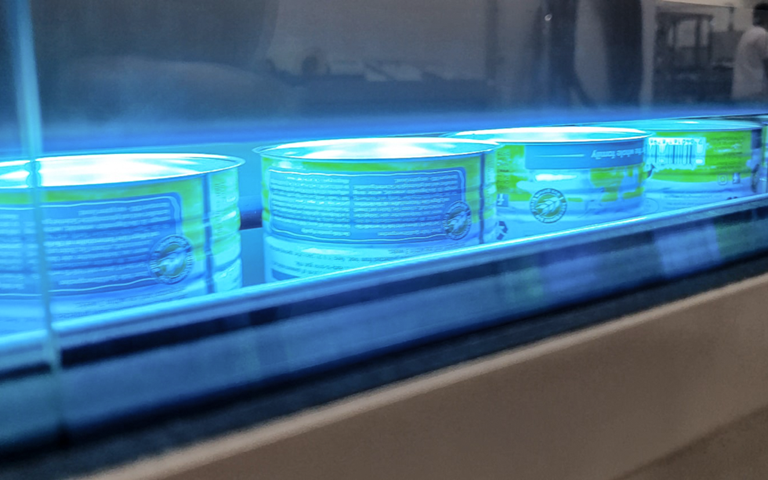
Highest food safety standards for your product
At FIPROS Nutrition we guarantee highest food safety and hygiene standards throughout the entire production process. Besides complying to all rules and regulations, we are going the extra mile, offering additional safety and transparency precautions.
Four hygiene zones, an advanced sluice system, separated visitor walkways, digitalization and automized robot technology, HACCP analysis and especially appointed operators build the cornerstones of our advanced production system.
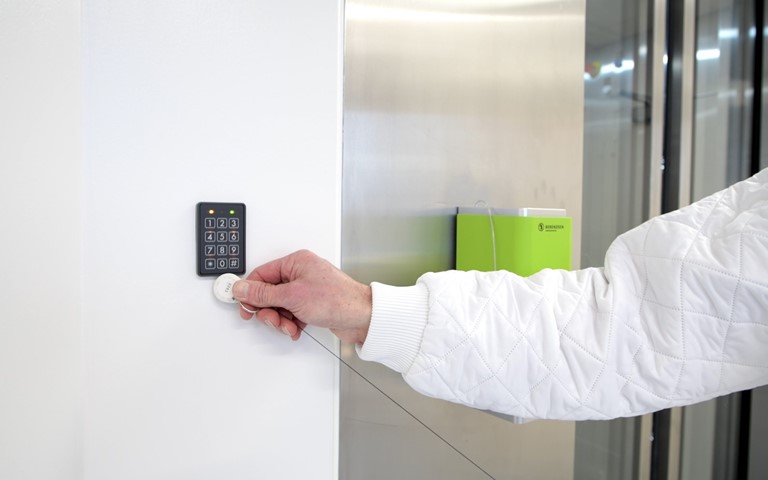
Access control & hygiene procedures
The acces to the production facility from the outside and between the different production areas inside the factory is only possible using a key tag, which makes it possible to create a surveillance log of the traffic through all access points.
Furthermore, all employees must undergo extensive hygiene procedures befores access is allowed to the production areas.

Quality control
Risk-based quality control plans with defined sampling schedules and tests are in place for all raw materials, intermediate and finished products as well as the cans used in the filling process.

Hygiene Sluices
Our advanced NATDIS sluice system enables safe transition of empty cans, raw materials, people and items from one zone to another.
-
People enter the production zone through “CleanAccess”, where they are cleaned by air pressure with an impact of 20 m/s for 25 seconds.
-
Items, such as mobile phones, enter through a “CleanBox”, which offers a UVC disinfection rate of 750 J/m² for 120 seconds.
-
Raw materials go through “Clean Cargo”, where they are cleaned by air impact of 25 m/s and UVC disinfected with a rate 750 J/m² for 11 minutes.
-
Empty packaging is also UV disinfected with a rate for Sakazakii.
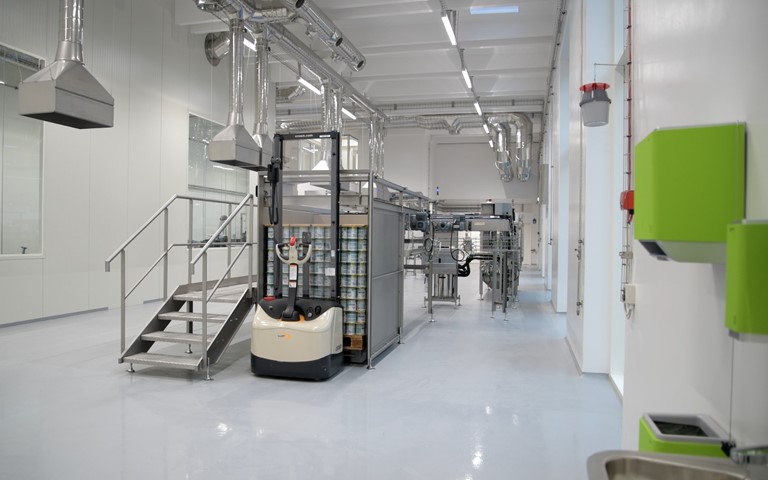
Hygiene Zones
Zone 0 - Locker room, cartoning/palletizing, warehouse
Limited hygiene demands, restricted access, no temperature control, change to working clothes.
Zone 1 - Production area with handling of empty packaging and raw materials in unopened packaging
Medium hygiene demands, controlled access, 1-2 air shifts an hour, max 60 % RH, access through one sluice, white clothes, 20-25° C
Zone 2 - Production area with handling of raw material in open system
High hygiene demands, controlled access, 12 air shifts an hour, emptying station: max 35% RH, filling line: max 50% RH, access through two sluices, white clothes plus coverall, 20-25° C
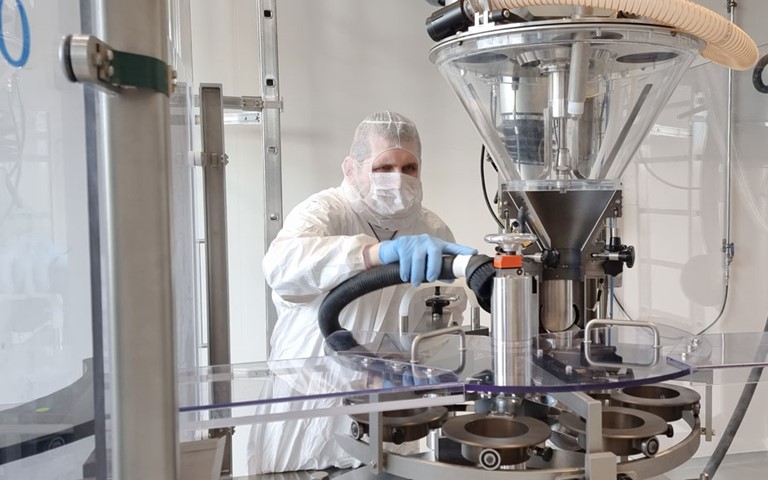
Cleaning concept
All machinery is cleaned by applying dry cleaning, ensuring a hundred percent line clearance.
Our systematically trained operators hold an official Hygiene Certificate for the general understanding of hygiene and food safety and in applying the most appropriate checks, cleaning measures and tools.
A comprehensive monitoring program ensures the frequent check of air and surfaces (interior and exterior of equipment plus floors, walls and lifts etc.).
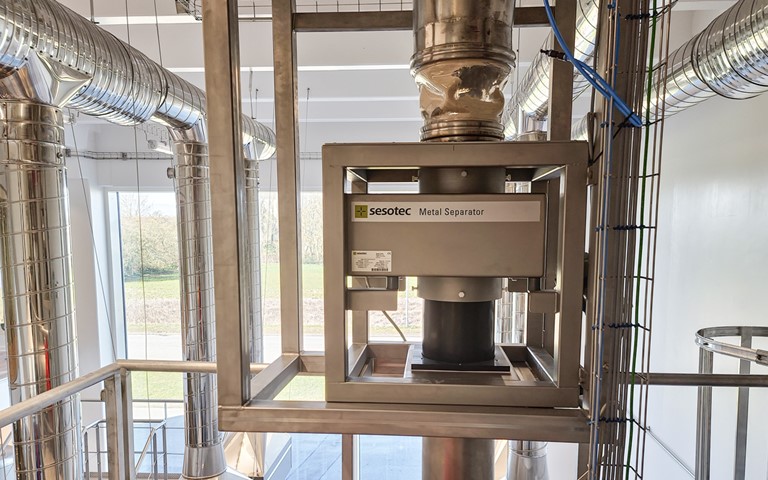
HACCP analysis
The risk analysis of the production process is based on HACCP-principles (Hazard Analysis of Critical Control Points), where all potential physical, chemical and microbiological contamination risks are identified and assessed.
The subsequent HACCP-plan contains an overview of CCP’s (Critical Control Points) and the related measures plus verification and validation of the controlled process (for example UV-sterilization, blending time/speed, metal separation).
Likewise, all OPRP’s (Operational Prerequisite Programs) are identified and their functionality logged (for example aeration of empty cans, sieve, magnet, oxygen level). The basic conditions and environment for hygienic production of safe food products are defined by a significant number of PRP’s (Prerequisite programs), for example building lay-out, design of equipment, hygiene training, cleaning and pest control.
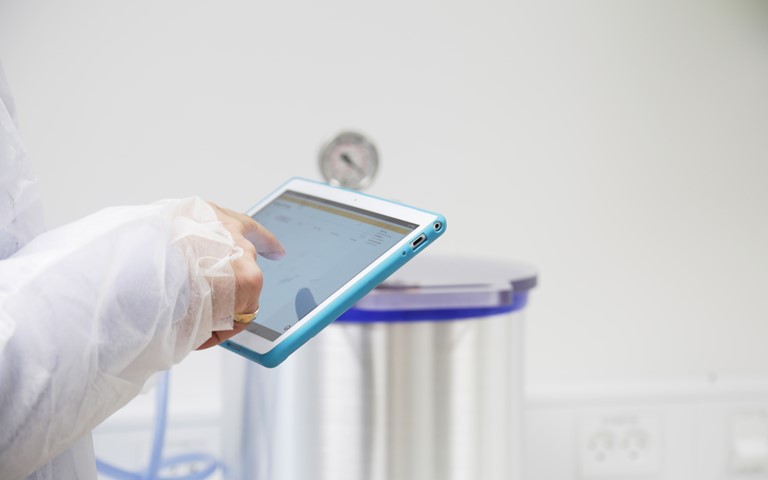
Digitalised documentation
An advanced digital system with employee specific tablets ensures documentation of all preparational and production steps and allows for continuous process control and end-to-end traceability in compliance with current food standards and regulations.
